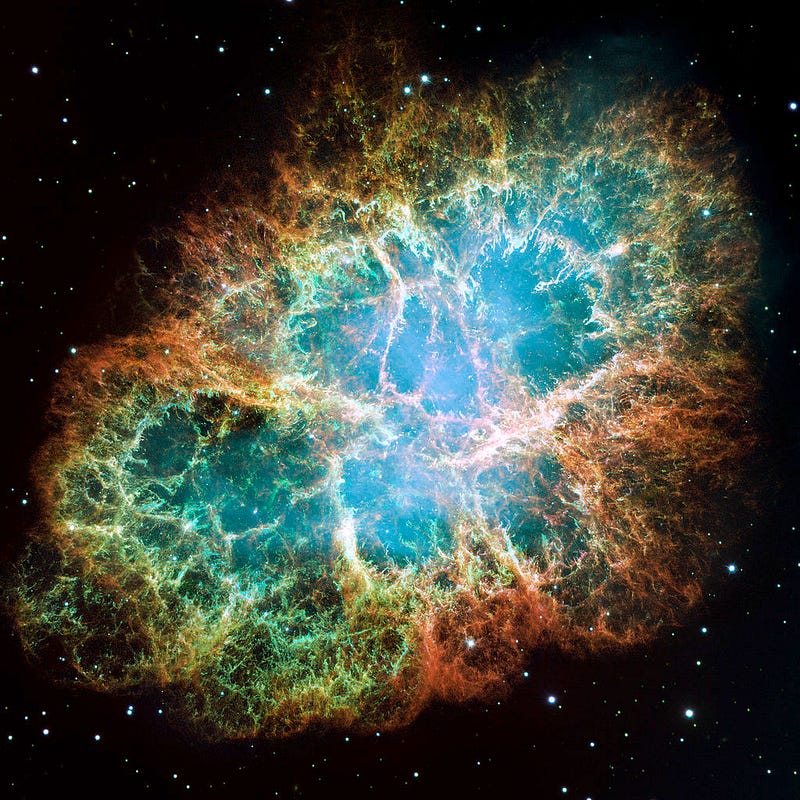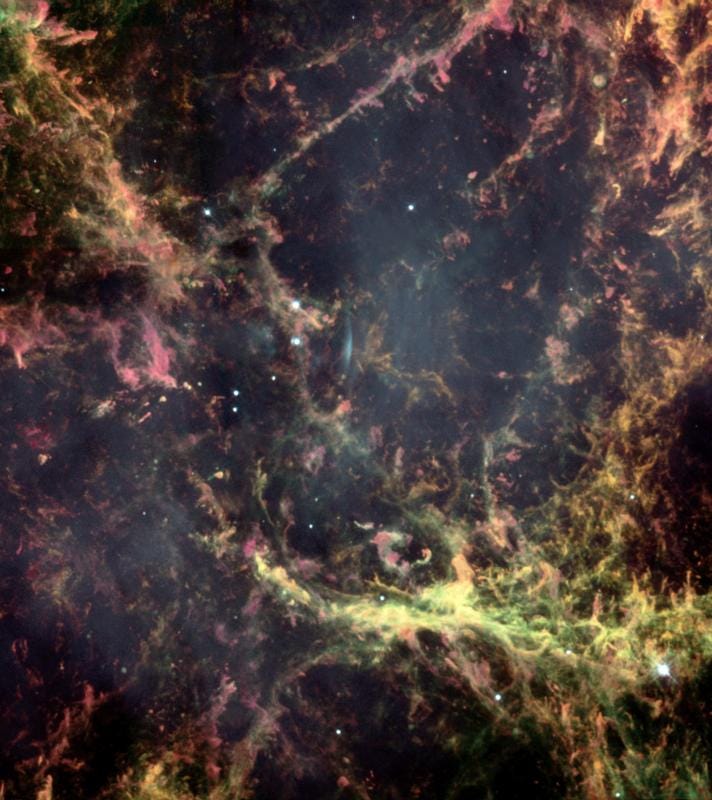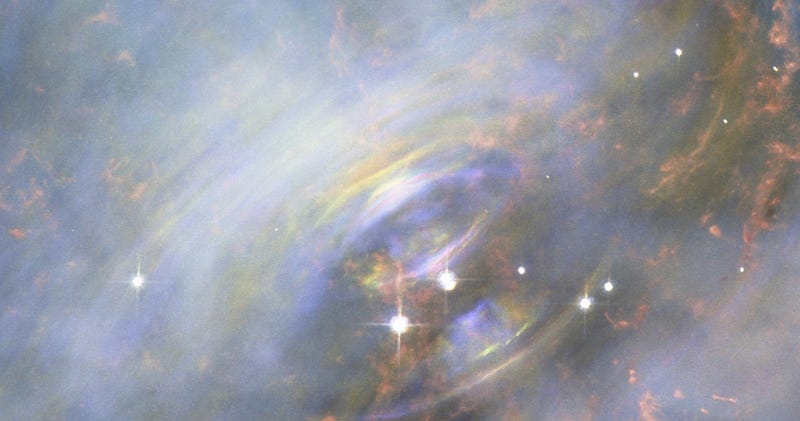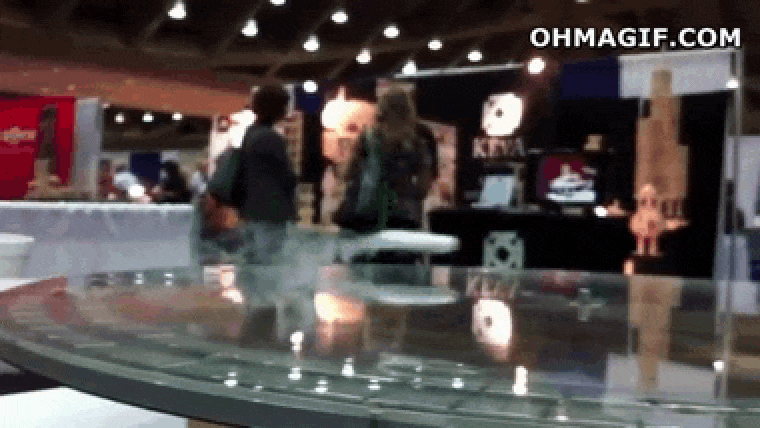The Crab Nebula’s heartbeat

As seen by Hubble and Chandra, NASA’s greatest observatories.
“My eureka moment was in the dead of night, the early hours of the morning, on a cold, cold night, and my feet were so cold, they were aching. But when the result poured out of the charts, you just forget all that. You realize instantly how significant this is — what it is you’ve really landed on — and it’s great!” –Jocelyn Bell-Burnell, on the discovery of the first pulsar
In 1054, a massive star some 6,500 light years from Earth, invisible to the naked eye, exploded in the constellation of Taurus.
The Type II supernova arose when the core ran out of enough fuel that the amount of fusion couldn’t hold it up against gravitational collapse.
https://www.youtube.com/watch?v=eE8QkBlyf5k
The implosion of the core resulted in a runaway reaction that created a solid core of neutrons only a few kilometers across — a neutron star — and blew off the outer layers.
1000 years later, the nebula that resulted is 10 light years across, filled with ionized atoms such as oxygen, silicon, sulphur, helium, hydrogen and more.

At the core, the neutron star spins and pulses, making a full rotation in just 30 milliseconds. Its strong magnetic field accelerates the ionized matter in its vicinity, causing ultra-powerful winds.
In addition, the nebula keeps expanding, an effect seen visually, at a speed of 1,500 km/s, or 0.5% the speed of light.

The visually stunning filaments in the outer regions exhibit shocks and instabilities, growing relatively slowly.

But the inner region contains the most rapidly moving material, accelerated by electrons moving at nearly the speed of light.
Mostly Mute Monday tells the story of a single astronomical phenomenon or object primarily in visuals, with no more than 200 words of text.
This post first appeared at Forbes, and is brought to you ad-free by our Patreon supporters. Comment on our forum, & buy our first book: Beyond The Galaxy!





